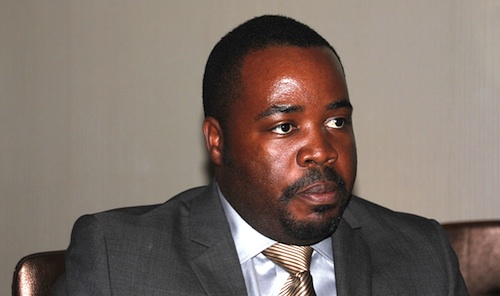
O3b Networks, which plans to launch a constellation of medium-earth orbit satellites by 2013, has signed a multimillion-dollar agreement with SA’s Mavoni Technologies to bring broadband to rural areas.
O3b wants to provide access to the “other three billion” people in emerging countries who have yet to be connected to the Internet.
The satellite operator recently secured the funding it needs to get its $1,2bn satellite network off the ground. Companies such as SES, Google, HSBC and the Development Bank of Southern Africa are backing it.
Mavoni, which has an electronic communications network licence, wants to use O3b’s satellites to rural schools and clinics. “The service will rival fibre in performance and pricing,” says Mavoni CEO Tinyiko Valoyi. He says Movani is in discussions with municipalities in Limpopo, Mpumalanga and the Northern Cape.
O3b’s satellite network will be launched in two stages, with four satellites blasting off into space at the end of 2012 and another four launching at the beginning of 2013. All satellites will be launched into medium-earth orbit, meaning that they will be closer to the ground than traditional geostationary satellites. This means “network latency” is much lower than traditional technologies. “Services like e-health need lower latencies, otherwise doctors and other health practitioners won’t use them,” says O3b CEO Steve Collar.
Each satellite will have 10 beams and each beam will be the equivalent of 1,2Gb/second capacity and cover a 600km radius. “The network will have a total capacity of 80-90Gbit/s,” Collar says.
The service will effectively compete with Sentech’s national wireless broadband network, which it will begin rolling out soon to bring connectivity to schools and clinics across the country. However, Valoyi says Mavoni is keen to work with Sentech to bring wireless broadband to underserviced areas.
He says the technology being implemented by O3b will be “middle-mile” (as opposed to “last-mile”) technology. Other telecommunications providers can provide onward connectivity.
“In some cases a school or clinic will act as a hub for satellite capacity and a wireless mesh network will be used to connect other schools and clinics in surrounding areas,” says Valoyi.
Mavoni is in talks with the Independent Communications Authority of SA (Icasa) about getting access to spectrum for last-mile wireless networks.
However, he says open-access frequencies could also be used to build networks. “Interference is less of a problem in rural areas than in urban areas in those frequencies,” he says. — Candice Jones, TechCentral
- Subscribe to our free daily newsletter
- Follow us on Twitter or on Facebook

